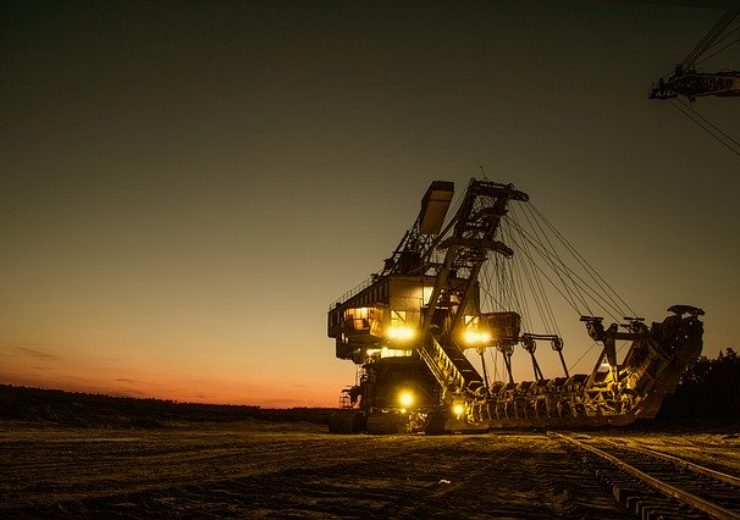The drilling programme is part of the Uranium Energy’s first phase of a planned preliminary economic assessment (PEA) for the project

The drilling campaign was designed to target the initial mining zone at the project. (Credit: Pixabay/Khusen Rustamov)
US-based uranium production and exploration firm Uranium Energy has completed a 49-hole drilling and sampling campaign at its Alto Parana titanium oxide project, located in eastern Paraguay.
The company said that the drilling programme was completed before the announcement of its recent Covid-19 measures and is part of the first phase of a planned preliminary economic assessment (PEA) for the project.
The drilling campaign was designed to target the initial mining zone at the project and is expected to be used to update the current resource.
Uranium Energy president and CEO Amir Adnani said: “This drilling program is an important step towards development of the PEA, as we continue to advance our monetization strategy for the project.
“While we are working to unlock Alto Parana’s value, our primary focus remains on the Company’s core US uranium business with low cost, fully permitted in-situ recovery projects in Texas and Wyoming.”
Uranium Energy’s 49-hole drill campaign focused on the initial mining area
Uranium Energy said that its Alto Parana project is a large-scale ferro-titanium deposit, with mineralisation occurring at the surface with an average thickness of 6.61 meters.
In addition, the infrastructure with proximity to a major hydroelectric power source would benefit the future development and mining.
Prior to UEC’s acquisition of Alto Parana, approximately $25m was invested in the project, including pilot testing from mining through the smelting processes.
The 49-hole drill campaign was centered in the initial mining area and was laid out on a 400m by 400m grid with each test hole averaging 10 meters in depth.
A total of 49 holes were drilled and yielded approximately 500 samples, which were currently being prepared for the shipment to analytical laboratories in Canada and Peru.
The work on a new resource estimate for the planned PEA is expected to be initiated, once the results are received.
